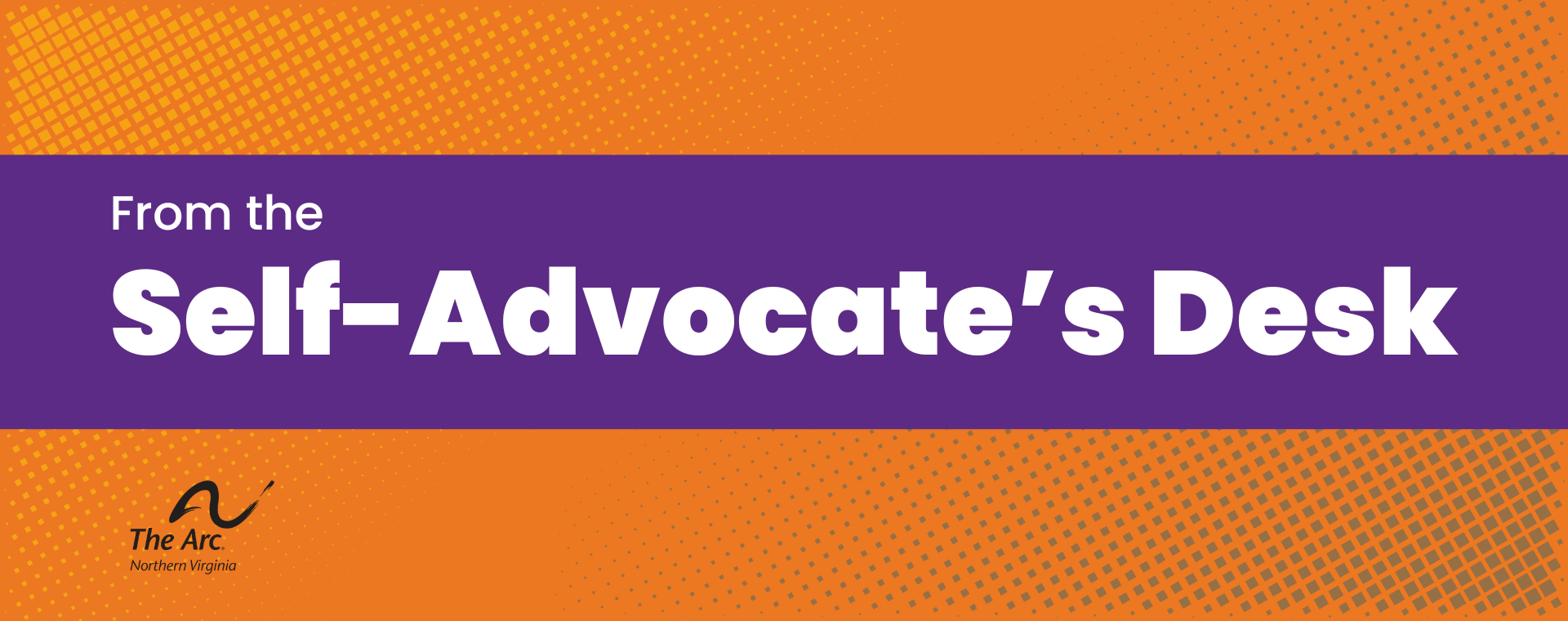In recent months, several Job Corps centers across the country have quietly shuttered their doors. For many, this may seem like a marginal policy shift—an unfortunate consequence of budgetary realignment or changing program priorities. But for a significant number of disabled individuals, particularly those in trade industries, the impact is far more profound. Job Corps has long been a critical resource in helping young people with disabilities achieve independence, build meaningful careers, and find their place in the workforce. Its decline poses essential questions about access, equity, and inclusion in today’s vocational landscape.
The Role of Job Corps in Disability Inclusion
Since its inception in 1964, Job Corps has served as a federally funded bridge between disadvantage and opportunity. The program is not only a workforce development pipeline—it has functioned as a comprehensive support system for individuals facing systemic barriers to employment, including those with disabilities.
Job Corps provides individualized vocational training in high-demand trades, educational support toward earning diplomas or GEDs, and transitional services such as job placement, counseling, and housing assistance. For disabled students, these services often include reasonable accommodations, mental health resources, and extended enrollment periods. The inclusion of disability coordinators and partnerships with Centers for Independent Living (CILs) underscores the program’s commitment to accessibility and individualized support. In short, Job Corps represents a rare intersection of education, community, and empowerment—a structure not easily replicated elsewhere.
Disproportionate Impact of Closures on Disabled Youth
The closures of Job Corps facilities disrupt not only training, but the entire ecosystem of care that supports disabled individuals through a life-altering transition. These centers offer specialized support, including tailored accommodations for cognitive, physical, and sensory disabilities. The removal of disability coordinators, accessibility infrastructure, and connections to vocational rehabilitation programs creates abrupt voids in services upon which many students rely.
Additionally, the closure of residential campuses strips away more than just educational access—it destabilizes living arrangements, routines, and social support systems. For disabled individuals navigating an already complex web of challenges, this disruption can result in heightened anxiety, increased financial strain, and even the risk of homelessness.
Defining Meaningful Work in the Disability Community
The phrase “meaningful work” carries distinct resonance within the disability community. It implies more than just employment—it connotes fulfillment, autonomy, dignity, and community integration. For disabled individuals, meaningful work often includes reasonable accommodations, growth potential, a safe and inclusive environment, and alignment with personal strengths.
Job Corps has helped realize this vision by promoting integrated employment, offering self-advocacy training, and fostering environments where students can build skills and confidence in tandem. Through partnerships with disability service providers and inclusive hiring pathways, Job Corps helps ensure that work is not only attainable—but affirming.
Community, Confidence, and Structure
What distinguishes Job Corps from other workforce development programs is its holistic design. Beyond technical training, it cultivates a sense of community and structure vital to personal development. Residential life fosters peer connection, while wraparound counseling and support services promote emotional stability.
For disabled individuals, who often encounter social isolation or disjointed support systems, this consistency can be transformative. Structured routines, mentoring relationships, and individualized pacing allow students to build not only credentials—but also self-efficacy and long-term resilience.
Existing Barriers—and Why Closures Matter
The disability community continues to face systemic barriers in accessing the skilled trades. Inaccessible facilities, discriminatory hiring practices, under-resourced accommodations, and limited mentorship programs all contribute to ongoing exclusion. These are not merely unfortunate realities—they are remediable conditions that require intentional design and sustained investment.
When Job Corps centers close, these barriers are compounded. Competitive hiring intensifies during economic downturns, and individuals with disabilities are often among the first to be displaced or excluded. Reductions in training access, coupled with weakened social safety nets, risk marginalizing a group that already navigates significant adversity.
Are Policymakers Listening?
There are signs of progress. Federal initiatives like the Perkins Career and Technical Education Act (Perkins V) and the Workforce Innovation and Opportunity Act (WIOA) contain provisions for inclusive vocational planning. Transition services, individualized education program (IEP) alignment, and disability-specific grants represent a growing awareness of the need for equitable access.
However, policy awareness does not always translate into equitable outcomes. Implementation gaps, funding inconsistencies, and bureaucratic hurdles often undermine the very goals these policies seek to achieve. Center closures risk undoing much of the progress made by reducing practical access to these vital programs.
Long-Term Consequences for Marginalized Communities
Removing access to vocational pathways like Job Corps in marginalized communities can widen existing inequalities. Without these programs, unemployment may rise, earnings potential may drop, and social mobility may stagnate. Youth without access to trade education are more vulnerable to unstable employment, long-term dependency, and even interactions with the criminal justice system.
Moreover, when communities lose these programs, they also lose economic contributors, role models, and civic participants. The ripple effect extends beyond individuals to families, neighborhoods, and future generations.
A Call for Collective Advocacy
Advocates, alumni, and disability leaders have an essential role to play in protecting and reimagining accessible career pathways. Collaborative efforts can focus on inclusive curriculum design, apprenticeship programs tailored for diverse needs, and employer engagement to expand recruitment pipelines. Partnerships with disability organizations, investment in adaptive technology, and the development of inclusive marketing materials are all strategic avenues for progress.
Mentorship and alumni networks are equally vital. Graduates can serve as guides and role models for incoming students, helping to demystify the path to employment and celebrate what is possible.
Is Society Willing to Invest?
Trends suggest a growing willingness to support disability employment. Employment rates for disabled individuals have reached new highs, and inclusive hiring practices are gaining traction in the private sector. Government frameworks such as Employment First prioritize competitive, integrated employment.
Still, significant gaps remain. Disabled individuals are still disproportionately represented in low-wage, part-time, and precarious employment. If we are to build a future where all people—including those with disabilities—can thrive in meaningful careers, we must move beyond statements of intent and toward sustained, inclusive investment.
Stories That Must Be Heard
The most compelling argument for preserving and expanding programs like Job Corps lies in the lived experiences of its graduates. Their stories reveal the power of structured support, the pride of career achievement, and the ripple effects of dignity restored. These narratives challenge outdated stereotypes and offer a richer, more inclusive vision of what our workforce—and our society—can be.
As these voices grow louder, may we listen—not only with empathy, but with resolve.
Ian Allan is a self-advocate with a deep commitment to policy literacy, systems change, and disability justice. Through The Arc of Northern Virginia, he works to ensure that people with intellectual and developmental disabilities are not just served by systems—but shaping them.

